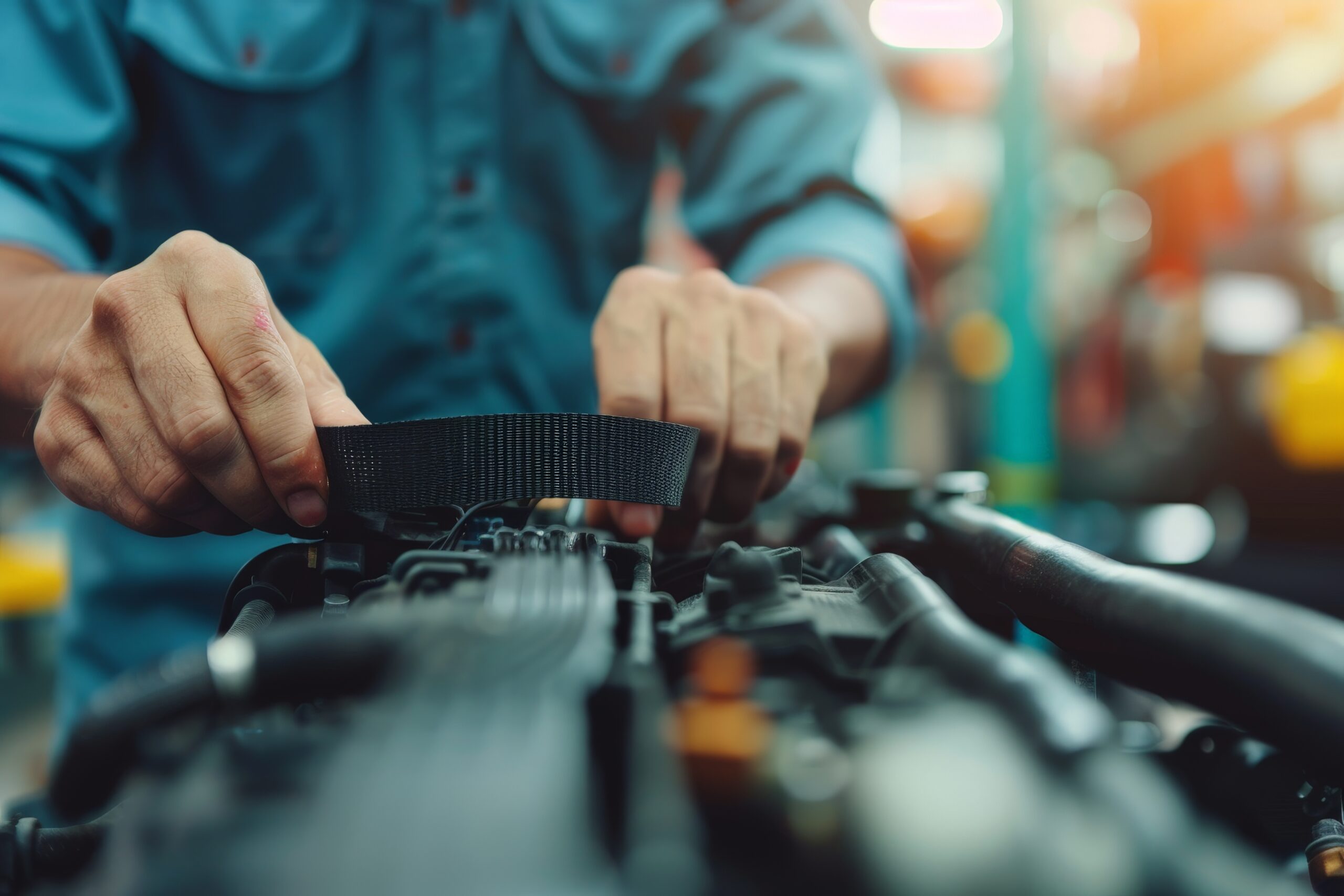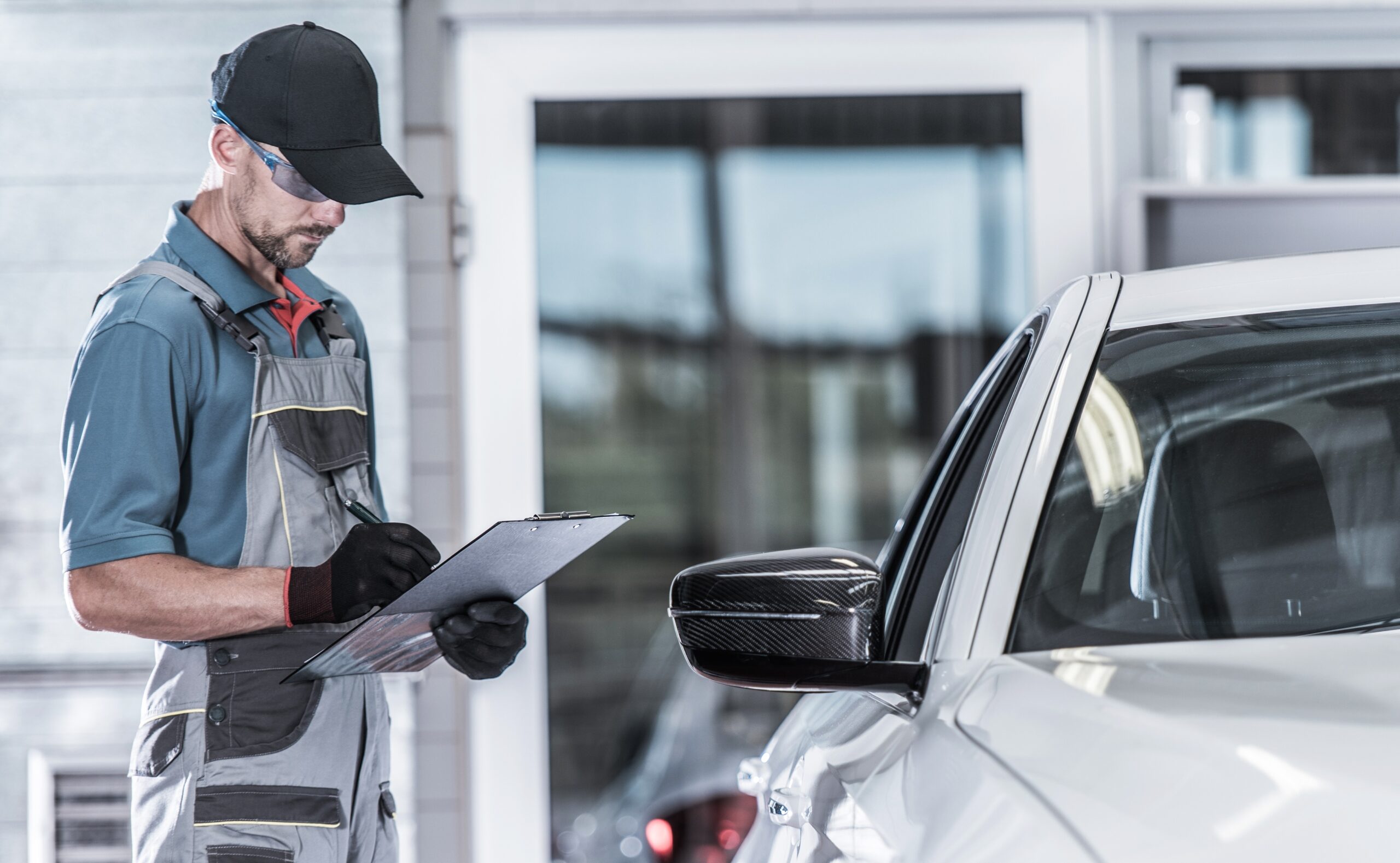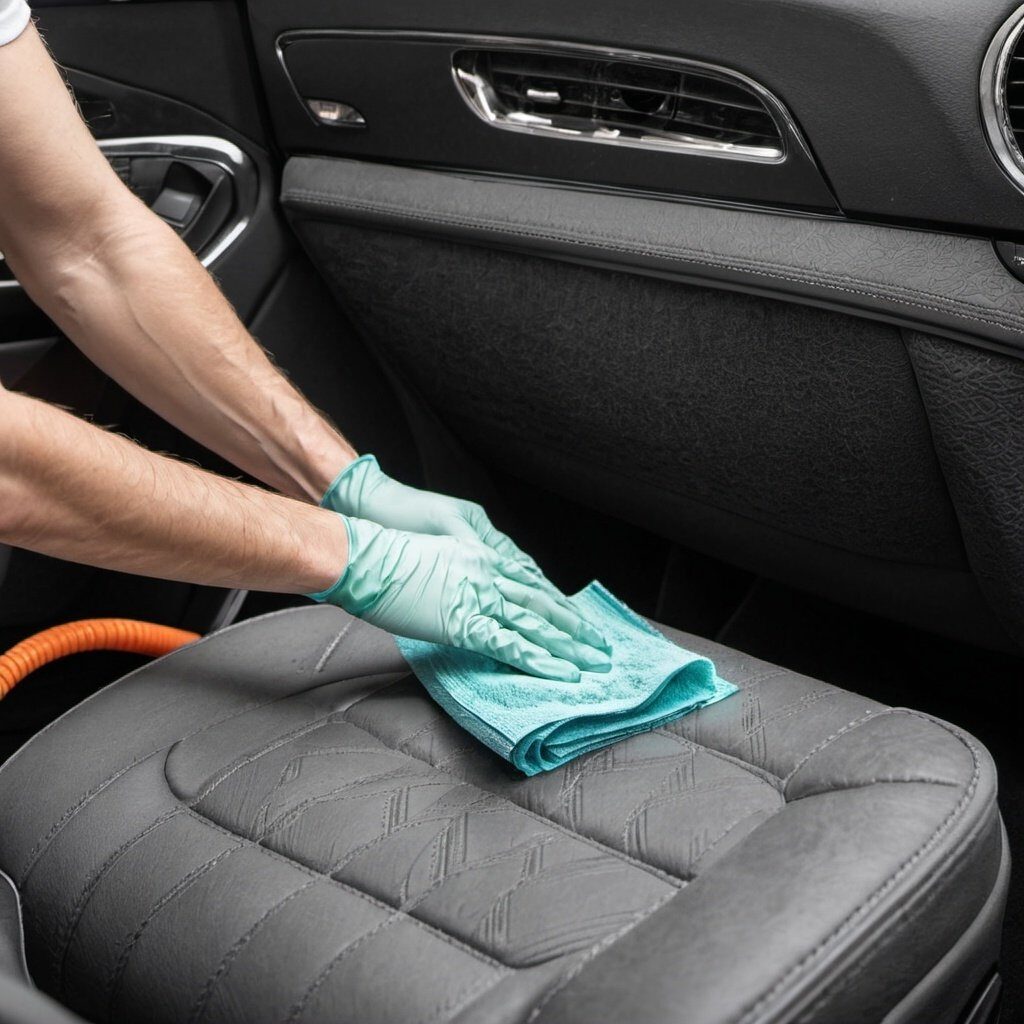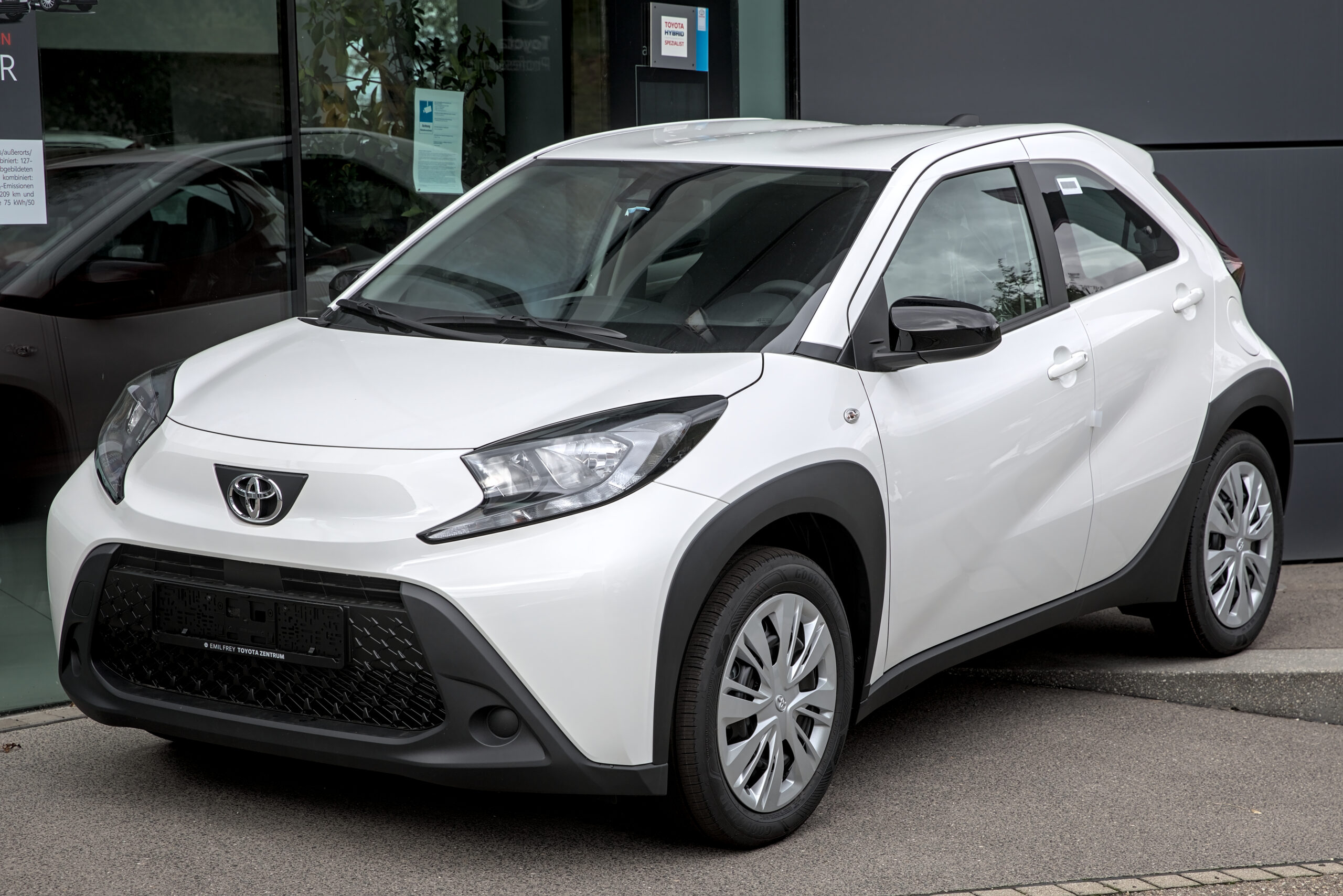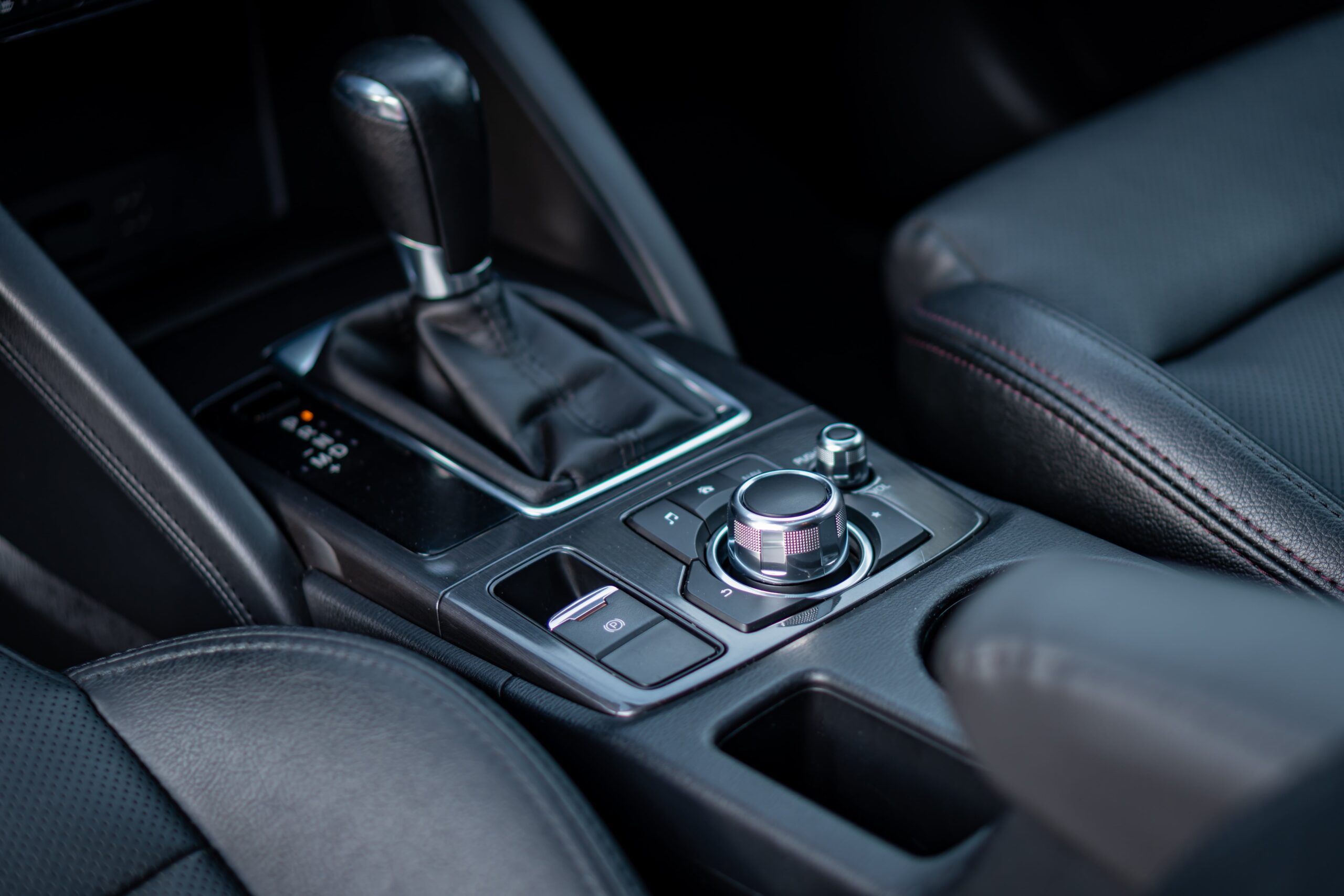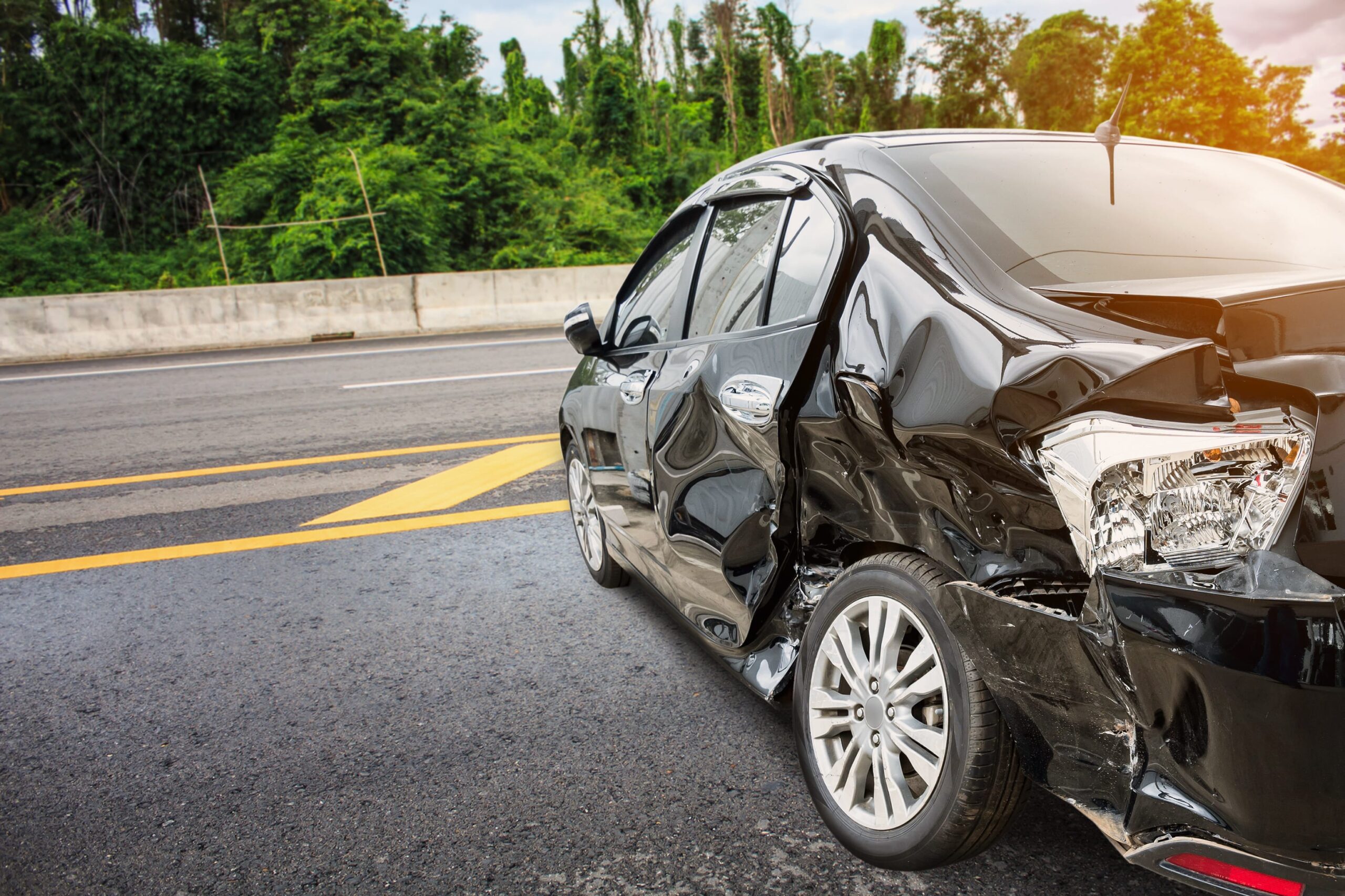![How to Wash a Car at Home? [DIY Guide]](https://www.exchangemycar.co.uk/assets/empty.png)
How to Wash a Car at Home? [DIY Guide]
There’s something deeply satisfying about washing your own car. Not only does a shiny, clean vehicle look great, but regular washing is also a key component of overall car maintenance. It helps preserve your car’s paint, inhibits rust and corrosion, and keeps your vehicle looking its best.
Car washing isn’t rocket science! With the right tools and techniques, you can easily do it at home like a pro.
In this step-by-step guide, we’re going to show you how to get that professional car wash finish without leaving your driveway.
If you’re ready to give your car the at-home care it deserves while being mindful of your environmental impact, let’s dive in!
Why Should You Wash Your Car at Home?
Before you get started, let’s take a quick look at why washing your car at home can be a great idea:
Cost Savings: Professional car washes can add up over time. By washing your car at home, you save money that would otherwise be spent on these services.
Convenience: You can wash your car whenever it works best for you. There’s no need to drive to a car wash and wait in line.
Personal Touch: When you wash your own car, you can pay extra attention to the areas that need it most. You’re able to ensure every inch of your car gets the care it needs.
Control Over Products: At a car wash, you don’t always know what products are being used on your vehicle. At home, you can choose the products you trust to protect your car’s finish.
Therapeutic and Relaxing: Believe it or not, washing your car can be a relaxing, therapeutic activity. It’s a chance to take a break from the chaos of life and focus on a simple, rewarding task.
While cleaning your car at home, you will also learn more about your vehicle’s condition. You might discover minor issues, like paint chips or fluid leaks, that can be addressed before they become major problems. However, it’s vital to consider local regulations and environmental impacts, including water use restrictions and proper drainage to prevent water runoff.
How to Wash Your Car At Home? (Step-by-Step)
Washing your car at home is simple if you have the right tools and techniques.
Here’s how to get started:
Step 1: Gather Your Supplies

Before you begin, make sure you have the right supplies on hand to get your car clean. You will need a few basic items:
- A hose or pressure washer
- Bucket
- Car wash soap or shampoo that is specifically made for cars
- Soft cloths and/or sponges
- Brush (for wheels and tires)
- Microfibre towels for drying
- Car Polish (optional)
- Car Wax (optional)
Your local auto store will have a wide selection of car washing products to choose from. When selecting cleaning solutions, avoid using soaps or detergents that are not specifically made for cars, as these can damage your car’s clear coat.
Step 2: Prepare the Car and the Area

Before you start washing, it’s important to properly prep both your vehicle and your work area.
- Move the car to a shady spot, if possible, where direct sunlight won’t interfere with the cleaning process.
- Use a leaf blower or compressed air to remove any large debris, such as dirt and leaves.
- Vacuum the interior of the car if necessary; this is also a good time to clean or replace floor mats.
- Make sure you have proper drainage close by, as you don’t want to be disposing of soapy water on the street or in yards.
Step 3: Pre-Rinse

The next step is to give your car a good pre-rinse before applying soap. This will help loosen and remove large chunks of dirt and debris that may be stuck on the car.
- Using a hose or pressure washer, start from the top and work your way down in short, sweeping motions.
- Rinse both sides of the car thoroughly.
- Focus on wheel wells and other areas where dirt tends to accumulate.
Step 4: Wash

Once you’ve given your car a good pre-rinse, it’s time to properly wash the vehicle. Here’s how:
- Start by filling a bucket with soap and water, according to manufacturer instructions.
- Dip a soft piece of cloth or sponge into the bucket and start washing the car from top to bottom.
- Use a brush for wheels, wheel wells, and tires. You can also use a specialised wheel cleaner if needed.
- After washing, rinse the car thoroughly with clean water using a hose or pressure washer.
Step 5: Dry

After thoroughly rinsing your car, the final step is to dry it. This is an essential part of the car washing process that often gets overlooked, but leaving your car to air-dry can result in unsightly water spots and streaks.
- Start by using a microfibre drying towel to remove most of the water from your car’s surface.
- Begin at the top of your car and work your way down, ensuring you dry all areas, including windows, mirrors, and lights.
- Pay close attention to crevices where water can hide, like door handles, trim, and anywhere else where water tends to accumulate.
- Don’t forget to dry the wheels and tires. Use a separate cloth or towel for this to avoid cross-contamination with the body of the car.
Step 6: Polish (optional)

If desired, the next step is to polish your car. This will help remove any minor scratches or oxidation that may be present on the paint and restore its original shine.
- Use a polishing compound specifically made for automotive use.
- Apply a small amount of the compound to a cloth and use it to gently buff out any scratches or imperfections on the car’s surface.
- Work in small sections and use circular motions until a shine is visible.
- Wipe off any residue with a clean, dry cloth.
Step 7: Wax (optional)

After the car has been polished, you can apply a coat of wax. This will give it an extra layer of protection against the elements such as dirt, UV rays, and create a glossy finish that will make your car look even better.
- Follow the instructions on your chosen wax product to ensure optimal results.
- Use an applicator pad to spread the wax evenly onto the car’s surface.
- Use slow circular motions when applying the wax.
- Allow your wax to dry for 10-15 minutes before buffing it off.
- Use a clean microfibre cloth or buffing pad to remove any remaining residue and reveal a glossy finish.
And there you have it — with the right tools and techniques, you can easily clean your car at home and get it looking like new again! Enjoy the satisfaction that comes from giving your car a much-needed clean.
Also Read: How to Keep Your Car Smelling Clean if You Smoke or Vape
How to Wash a Car Without a Hose?
If you don’t have access to a hose, don’t worry – you can still give your car a thorough clean! A popular technique among car enthusiasts is known as the “Two Bucket Method.” The process is almost the same as the one described above, except instead of using a hose to rinse off soap and dirt, you use two buckets filled with clean water.

Here’s a step-by-step guide:
Start by filling two buckets with clean water. One bucket will be for rinsing your cloth or sponge, and the other will contain the car wash solution.
Bucket 1: Rinse bucket – Fill with clean water.
Bucket 2: Soap bucket – Fill with a mix of water and car wash soap. Follow the manufacturer’s instructions for the correct ratio.
Using a soft cloth or sponge, dip it into the soap solution and start washing the car from top to bottom. After each section is washed, rinse the cloth in the rinse bucket before moving on to another area of the vehicle. This will ensure that dirt and contaminants are not transferred back onto your car’s surface during the cleaning process.
Once you’ve finished washing the entire car, it’s time to dry and wax. Follow the same steps outlined above for drying and waxing.
This method is more time-consuming than washing with a hose, but it will get the job done. And if you don’t have a hose, it’s an excellent way to give your car the clean it deserves!
Want to Sell Your Car?
Get a fair price estimate instantly! Enter your REG and mileage and receive a personalised cash offer. Time is money, sell your car now!
How to Clean a Car Dashboard at Home?

Cleaning your car’s dashboard is an essential part of the overall car cleaning process.
Here’s a step-by-step guide to doing it at home:
You’ll need a microfibre cloth, a mild cleaning solution, and a soft-bristled brush.
Make sure the cleaning solution is safe for the materials on your dashboard. Avoid solutions with harsh chemicals as they could damage the dashboard.
Dust off the Dashboard: Start by using a dry microfibre cloth to dust off the dashboard. This will help remove any loose dust and dirt.
Apply the Cleaner: Next, apply your cleaning solution onto the microfibre cloth (not directly onto the dashboard) and gently wipe the dashboard. Avoid soaking the cloth as it could lead to moisture seeping into the electronics.
Scrub the Stubborn Spots: If your dashboard has textured areas or stubborn stains, use a soft-bristled brush to gently scrub these areas.
Dry the Dashboard: Once you’ve thoroughly cleaned the dashboard, use a dry microfibre cloth to wipe it dry. This will prevent any water spots or streaks from forming.
Conditioning (Optional): For extra protection, you can apply a conditioner to the dashboard. These products not only add a glossy finish, but they also protect it from UV damage and keep it looking like new for longer.
And that’s all there is to cleaning your car’s dashboard! With this guide, you’ll have your dashboard shining in no time!
Also Read: Car Care on a Budget: Our Top Tips
How to Clean Electrical Connections in a Car?

Cleaning electrical connections in a car is essential to maintain proper functionality and prevent issues caused by corrosion or poor conductivity. Here’s a step-by-step guide on how to clean electrical connections in your car:
Materials Needed:
- Safety goggles
- Gloves
- Baking soda
- Water
- Small wire brush or toothbrush
- Electrical contact cleaner (optional)
Steps:
Note: Before working on any electrical connections, disconnect the negative terminal of the car’s battery to ensure safety.
1. Identify Connections: Identify the electrical connections you need to clean. These could be on the battery, starter, alternator, fuses, relays, or connectors throughout the wiring harness.
2. Check for Corrosion: Check the connections for signs of corrosion, which can appear as white or greenish deposits. Corrosion can hinder electrical conductivity and cause intermittent issues.
3. Apply Baking Soda Paste: If you see heavy corrosion, you can create a paste by mixing baking soda with a small amount of water. Apply the paste to the corroded areas and let it sit for a few minutes to help neutralise the corrosion.
4. Scrub-Offa Corrosion: Use a wire brush or toothbrush to gently scrub off the corrosion from the connectors. Be careful not to damage the connectors or surrounding components.
5. Rinse Connections: After brushing off the corrosion, rinse the connections with clean water to remove any remaining baking soda residue or loosened corrosion.
6. Dry Connections: Ensure that the cleaned connections are completely dry before reassembling them. You can use compressed air or let them air dry naturally.
7. Reassemble and Protect Connections: Once dry, reassemble the connections and apply a small amount of dielectric grease to protect against future corrosion. Dielectric grease is non-conductive and helps seal out moisture.
8. Reconnect Battery: Reconnect the negative terminal of the battery, ensuring a secure connection.
9. Check Functionality: Now it’s time to start the car and check if the electrical components affected by the cleaned connections are working correctly.
Regular maintenance, including cleaning and applying dielectric grease to electrical connections, can help extend the lifespan of your car’s electrical system and prevent electrical issues down the road.
How to Clean Fabric Seats at Home

Cleaning fabric car seats at home is a straightforward process, provided you have the right tools and techniques. Here’s a step-by-step guide on how to do it:
Materials Needed:
- Vacuum cleaner (Optional)
- Interior shampoo
- Foam sponge
- Absorbent cloth
- Bucket of clean water
Steps:
1. Vacuum the Seats: Start by vacuuming the seats to remove any loose dirt or debris. This will make the cleaning process more effective.
2. Apply the Interior Shampoo: Spray the interior shampoo evenly over the seat. Make sure you cover all areas, particularly those with visible stains.
3. Scrub the Seats: Use a damp foam sponge to scrub the seat. Give it a thorough clean, adding more cleaner and rinsing the sponge as needed. The shampoo will lift the dirt from the seat and hold it in the foam.
4. Wipe the Seats: Now, take your absorbent cloth and wipe over the seat. Rinse the cloth in your bucket of clean water as you go. You’ll notice the water changing colour as the dirt transfers from the seat to the water.
5. Repeat the Process: Once you’ve finished cleaning one section of the seat, move onto the next. Continue this process until you’ve cleaned the entire seat.
Remember, car interiors have a knack for getting dirty quickly. Regular cleaning of your fabric seats will not only keep your car looking great but also prevent long-term damage to the fabric. So don’t hesitate to give them the attention they deserve!
Thinking About Selling Your Car?
Find out its real value right away! Simply provide your REG and mileage and get a personalised cash proposal. Take action now, turn your car into cash!
How to Clean Inside Car Windows Without Streaks

Cleaning the inside of car windows without leaving streaks can be a bit tricky, but with the right technique and tools, you can get them sparkling clean. Here’s how:
Materials Needed:
- Glass cleaner
- Microfibre cloths
- Window wipes (optional)
Steps:
1. Apply the Glass Cleaner: Instead of spraying the glass cleaner directly onto the window (which could lead to the product getting all over your car’s interior), spray it onto a clean microfibre cloth.
2. Wipe in Vertical Motion: Using your damp microfibre cloth, start wiping the inside of the window, moving your hand up and down in a vertical motion. This helps to lift and remove most of the dirt and grime.
3. Follow-Up with Horizontal Motion: After the vertical motion, follow up by wiping the window in a horizontal motion. This cross-hatch pattern ensures you cover the entire surface of the window and prevents streaks.
4. Use Window Wipes (Optional): If you’re in a hurry or out on the road, window wipes can be a quick solution for tidying up your windows. They might not be as effective as a thorough cleaning, especially when dealing with significant build-up, but they are handy for touch-ups in between washes.
5. Dry the Window: After cleaning, use a clean microfibre towel to dry off the window. This helps to prevent any water spots or streaks from forming.
6. Repeat on Exterior Glass: Remember, it’s just as important to clean the exterior glass. Don’t forget to roll down your windows a bit to clean any dirt deposited at the top of the window.
Bear in mind that these tips can be incorporated into your regular car care routine. Keeping your car’s windows clean improves visibility and makes your ride more enjoyable.
Also Read: How to Look After a Car You Don’t Drive Regularly?
How to Clean and Protect Leather Car Seats

Cleaning and protecting leather car seats is crucial to maintaining the luxurious look and feel of your vehicle.
Here’s a step-by-step guide on how to properly clean and protect your leather car seats:
Materials Needed:
- Vacuum cleaner
- Leather cleaner and conditioner
- Microfibre cloths
Steps:
1. Vacuum the Seats: Begin by vacuuming the seats to get rid of any debris or crumbs. This will ensure a more effective cleaning process.
2. Apply the Leather Cleaner: Next, apply a leather cleaner gently onto the seats using a microfibre cloth. Some cleaners come with conditioners; you wouldn’t need to buy a separate conditioner. If your cleaner doesn’t include a conditioner, make sure to acquire one.
3. Use a Circular Motion: With your microfibre cloth, gently clean the seats in a circular motion. This method helps to lift and remove dirt, grime and oils without damaging the leather.
4. Wipe Away the Excess: Once you have finished cleaning, use another clean microfibre cloth to wipe away any excess product and soil residue.
5. Buff the Leather: Now, turn your microfibre cloth to a clean side and gently buff the seats. This process helps in deeply penetrating the conditioning agents into the leather upholstery, providing long-lasting protection against wear and harmful UV rays.
6. Regular Maintenance: Make a habit of repeating this process every few months to keep your seats in the best condition. Always avoid exposing the seats to direct sunlight.
Remember, proper care of your leather car seats is paramount to prevent fading and cracking. With the right cleaning routine and products, your leather car seats can remain elegant and comfortable for years to come.
Final Thoughts
Washing your car at home yourself can save you time and money. It takes minimal knowledge to do a satisfactory job, but with proper attention and care, that job can be done to professional standards – just remember to give your care the same detail and energy (including the steps outlined in this blog) that you’ll do with any other task. The DIY approach is always going to be an economical yet safe way of keeping your car looking good.
So, if you’re ready to take on this challenge and keep your vehicle shiny, clean, and looking brand new – go for it! With dedication and some elbow grease, the possibilities are endless.
